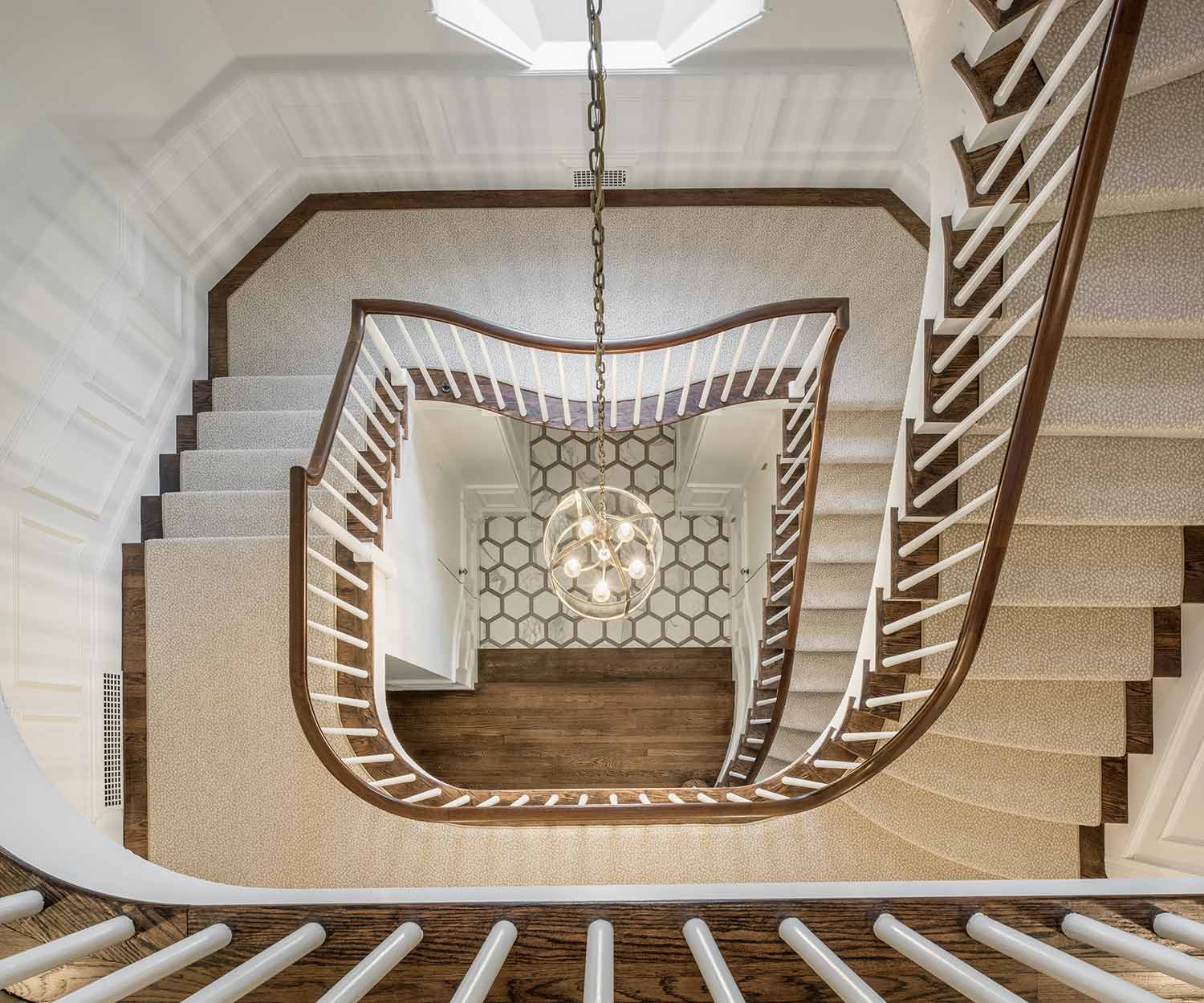
4 Common Mistakes When Remodeling Historic Homes
4 Common Mistakes When Remodeling Historic Homes
Rhode Island has some of New England’s most beautiful historic homes; remodeling one can be an exciting and rewarding project. Renovating a historic home offers an opportunity to breathe new life into a piece of history and can also help cultivate a sense of place and community. However, taking on a task of this magnitude isn’t for the faint of heart, and it’s easy to make mistakes (and problematic shortcuts) if you’re not fully educated on the ins and outs of historic home renovations. Historic homeowners should approach the renovation process carefully–and with plenty of input from local experts–to preserve their home’s unique character. In this week’s blog post, we’ll go over some of the most common mistakes when remodeling historic homes and give you an overview of how to navigate transforming your property while maintaining its historical integrity.
Ignoring Historical Significance
Every home has unique quirks and details–historic homes even more so. One of the easiest mistakes when remodeling a historic home is disregarding and misunderstanding its historical significance. That’s why it’s essential to take the time to research your house and have a thorough understanding of its historical context, architectural style, and key features. Preservation of these details and restoring them should be key considerations throughout the remodeling process. It can be challenging to tell what has historical significance and what doesn’t, though, especially if there have been previous renovations. The good news is that plenty of resources can help with this! Homeowners can consult with preservation experts like the Providence Preservation Society or architects and designers like Red House Design Build, specializing in historical renovations. Working with experts will ensure that any changes will respect the home’s original materials, design, and significance.

Skipping the Permitting Process
When remodeling a historic home, following municipal building regulations and obtaining the necessary permits is essential. This should be a no-brainer, but it’s a common shortcut owners of historic homes are tempted by. Don’t be fooled, though! Ignoring this vital step may save a little time in the short run, but it can also result in hefty fines, production delays, or even safety and legal issues. Be sure to familiarize yourself with the specific building requirements and guidelines for renovating historic properties in your area. Working with an experienced contractor and project manager who understands the permit process is critical here. Licensed, professional contractors can eliminate the stress and guesswork in the permitting process, giving homeowners more time to focus on creating their dream homes.
Putting Off Structural Issues
It’s expected that houses “move” over time. They settle, they sag, they slide, and they shift. When renovating historic homes, this comes with the territory, but it shouldn’t be overlooked. Preserving the structural integrity of any home–historic or new–is crucial. Ignoring structural issues is another common mistake that superficial changes cannot fix. When starting the renovation process, having your contractor thoroughly inspect the foundation, roof, walls, and supporting structures before work begins is a good idea. It may sound scary and like a way for costs to go up, but in the long run, proactively ensuring your home’s structural integrity will save you money and peace of mind.
Clashing Historical and Modern Elements
Modernity and history don’t always have to be disparate in your home’s design. In fact, they can work quite nicely together! But historic homeowners must work with experienced designers and craftspeople who can balance modern elements and historical features. Working with skilled designers who can subtly integrate modern amenities and technologies will help your home feel up-to-date without compromising its historic charm.
This extends to choosing appropriate materials for your historic home remodel too. Using the proper materials can significantly impact the authenticity and longevity of a historic home. An experienced designer can help select suitable materials and will only use high-quality or appropriate materials that align with the home’s original construction. Again, consulting with design experts or historical preservation societies will ensure you make well-informed decisions for your home.

Remodeling any home is a big project for homeowners in Rhode Island and New England, especially owners of historic properties. The process requires homeowners to strike a delicate balance between preserving historical significance and incorporating modern functionality. By avoiding these common mistakes when remodeling historic homes, you can ensure that your renovation project will enhance the beauty and value of your home while honoring its unique heritage.
If you own a historic home in Rhode Island and want to start a renovation project, Red House Design Build is here for you. Our designers and craftspeople have been experts in historic home remodeling since 2006 and would love to talk! Give us a ring or schedule a discovery call today!
- Category :
- Type :

